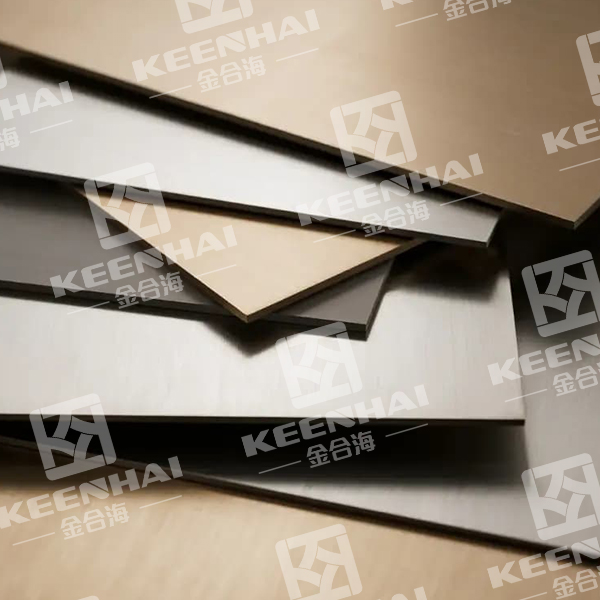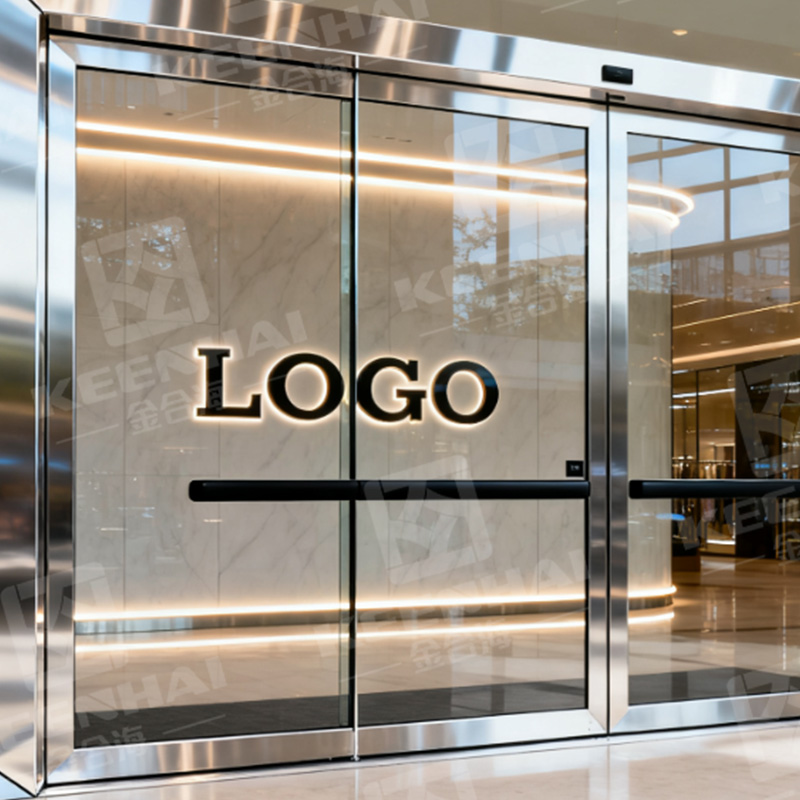Inox and stainless steel both resist corrosion, but their performance varies by environment. Inox excels indoors for kitchens and bathrooms, while high-grade stainless steel like 316 handles coastal air, industrial chemicals, and high humidity. Choosing the right grade ensures longevity.
1.Corrosion Resistance in Everyday Environments
1.1 Indoor Applications (Kitchens, Bathrooms)
Inox ug stainless steel are widely used indoors because they handle moisture and frequent cleaning exceptionally well. In kitchens, stainless steel countertops, sinks, and appliances resist stains from acids, oils, and detergents, unlike aluminum or painted metals that may corrode over time. For example, modern kitchens often feature stainless steel products like sinks and cabinet panels that maintain a polished finish even after years of daily use.
Bathrooms also benefit from inox’s corrosion resistance. Faucets, shower panels, and towel racks are exposed to constant humidity, yet high-quality stainless steel grades prevent rusting and surface pitting. Homeowners often notice that brushed inox finishes hide water spots better than polished alternatives, reducing maintenance needs while maintaining a modern look.
1.2 Outdoor Exposure (Rain, Humidity, Urban Pollution)
Stainless steel’s corrosion resistance becomes even more critical outdoors. Garden furniture, railing systems, and facades face constant exposure to rain, humidity, and urban pollutants like nitrogen oxides or sulfur compounds. In these environments, grade 316 stainless steel outperforms 304 due to its molybdenum content, which significantly improves resistance against chlorides and acidic rain.
For example, commercial buildings frequently use column cladding in public-facing areas. These panels stay bright and unblemished even after heavy rainfall or city pollution, whereas painted steel or aluminum may develop rust streaks within a few years. Similarly, outdoor staircases or balcony railings made of stainless steel last decades with minimal maintenance.
| Kalibutan | Recommended Stainless Steel Grade | Key Benefit | Maintenance Tips |
|---|---|---|---|
| Coastal balconies | 316 | Resists salt spray corrosion | Rinse with fresh water periodically |
| Urban facades | 304 | Handles humidity & pollution | Wipe down annually |
| Garden furniture | 316 or PVD-coated 304 | Maintains shine outdoors | Clean debris and dust weekly |
Outdoor elevator entrances are another example where corrosion resistance is essential. Elevator doors installed in semi-open atriums rely on inox panels to prevent rust from rain exposure while keeping a premium appearance. These applications illustrate why stainless steel is preferred for both functional and aesthetic reasons in everyday environments.

2.Performance in Harsh Conditions
2.1 Marine and Coastal Areas
Inox and high-grade stainless steel excel in marine environments because they resist salt-induced corrosion. Seaside balconies, docks, and outdoor furniture face constant exposure to salt spray, which can quickly rust ordinary metals. Grade 316 stainless steel is preferred for its molybdenum content, which prevents pitting and surface damage.
For instance, coastal resorts often install stainless steel elevator doors in open lobbies or near pool areas. These doors withstand the salty, humid air without rusting, maintaining both safety and aesthetics. Outdoor handrails, staircases, and balcony balustrades also rely on inox panels to ensure long-term durability.
2.2 Industrial and Chemical Settings
In harsh industrial zones, stainless steel is frequently exposed to acids, alkalis, and chemical vapors. In chemical plants or laboratories, equipment and surfaces made of stainless steel products resist corrosion that would destroy mild steel in weeks.
Key applications include:
-
Storage tanks for corrosive liquids
-
Piping systems exposed to industrial gases
-
Protective panels around chemical processing areas
Choosing the right grade is critical: 316 stainless steel works well against chlorides, while 304 handles most general industrial environments. These materials minimize maintenance costs and prevent frequent replacements, which is vital for high-risk industrial operations.
| Kalibutan | Recommended Stainless Steel Grade | Key Benefit | Maintenance Tips |
|---|---|---|---|
| Chemical plant | 316 | High resistance to acids & chlorides | Rinse surfaces weekly |
| Factory floors | 304 | Handles general chemical exposure | Wipe spills immediately |
| Food processing | 304 or 316 | Resists cleaning chemicals | Clean after each shift |
2.3 High-Temperature Environments
High-temperature exposure can accelerate corrosion in certain metals, but inox maintains structural integrity under heat. Kitchen exhaust hoods, boiler panels, and industrial ovens benefit from stainless steel’s thermal stability. PVD-coated stainless steel adds an extra layer of protection for surfaces that experience fluctuating temperatures, preserving both color and corrosion resistance.
For industrial kitchens or commercial food preparation areas, the steps to ensure longevity include:
-
Selecting appropriate stainless steel grades for heat exposure
-
Cleaning surfaces after each heat cycle to remove residues
-
Inspecting joints and welds periodically for oxidation spots
High-traffic areas like commercial kitchens or bakeries also benefit from durable stainless steel countertops and column cladding that can tolerate both heat and frequent cleaning. Proper grade selection combined with routine maintenance ensures the material performs reliably for decades.

3.Alloy Composition and Its Impact
3.1 Role of Chromium Content
Chromium is the backbone of stainless steel’s corrosion resistance. By forming a thin, invisible oxide layer on the surface, it protects the metal from rust and pitting. The higher the chromium content, the stronger this protective barrier. For example, kitchens using stainless steel countertops benefit from 18% chromium in 304 grade, which keeps surfaces stain-free and easy to clean.
In outdoor architectural applications, such as column cladding, chromium ensures panels resist rain, humidity, and urban pollutants. Buildings in coastal cities often specify higher chromium content to prevent early corrosion, ensuring facades stay visually appealing for decades.
3.2 Effect of Molybdenum and Nickel
Molybdenum and nickel enhance stainless steel’s performance under harsh conditions. Molybdenum significantly improves resistance to chlorides and acids, making 316 stainless steel ideal for marine environments and chemical plants. Nickel, on the other hand, stabilizes the austenitic structure, adding toughness and ductility while improving corrosion resistance in acidic settings.
For example, stainless steel elevator doors installed in coastal hotels withstand salty air and cleaning chemicals due to this alloy composition. Similarly, kitchen sinks in high-end restaurants rely on molybdenum-rich inox to prevent pitting from acidic food ingredients.
3.3 Differences Between 304 and 316 Grades
304 and 316 are the most common stainless steel grades, yet they differ significantly in corrosion resistance.
| Grade | Chromium (%) | Nickel (%) | Molybdenum (%) | Best Use |
|---|---|---|---|---|
| 304 | 18–20 | 8–10 | 0 | Indoor kitchens, general applications |
| 316 | 16–18 | 10–14 | 2–3 | Marine, chemical exposure, outdoor facades |
304 is excellent for everyday use indoors, resisting moisture and common household chemicals. 316 adds molybdenum for stronger resistance against chlorides and salty environments, making it essential for coastal buildings, outdoor handrails, and industrial setups. Choosing the right grade ensures durability, reduces maintenance costs, and maintains a polished appearance for years.

4.Surface Treatments and Finishes
4.1 Polished vs Brushed Surfaces
The choice of surface finish significantly affects corrosion resistance. Polished stainless steel surfaces are smooth and reflective, making them easy to clean and less prone to dirt accumulation. Brushed or satin finishes hide fingerprints and minor scratches better but may require more frequent cleaning to prevent localized corrosion, especially in humid kitchens or bathrooms.
For example, modern kitchens often use stainless steel products with polished finishes for sinks and countertops, while brushed finishes are common on appliances and cabinet trims. Brushed surfaces also add a contemporary look to indoor architectural elements without compromising durability.
4.2 PVD Coatings for Extra Protection
Physical Vapor Deposition (PVD) coatings provide an extra layer of protection against corrosion and abrasion. PVD-treated stainless steel not only resists environmental damage but also allows designers to achieve colors like gold, bronze, or black without sacrificing performance.
Outdoor applications, such as column cladding or decorative railings, often benefit from PVD coatings. These finishes maintain their color and resist oxidation, even in coastal environments or industrial areas where traditional stainless steel might slowly tarnish.
4.3 Maintenance Practices That Enhance Resistance
Even the best stainless steel can lose its luster without proper care. Key maintenance practices include:
-
Rinsing surfaces with fresh water after exposure to salt, chemicals, or acidic substances.
-
Using mild detergents for cleaning instead of harsh abrasives.
-
Periodically polishing high-touch surfaces to maintain protective oxide layers.
-
Inspecting joints, welds, and corners where corrosion often starts.
In commercial settings, such as hotels or high-traffic elevators, stainless steel elevator doors that receive regular maintenance last much longer and retain a premium appearance. Routine care is straightforward but critical for prolonging both indoor and outdoor installations.
Need marine-grade or decorative stainless that stays rust-free? Browse our corrosion-resistant stainless steel products.






